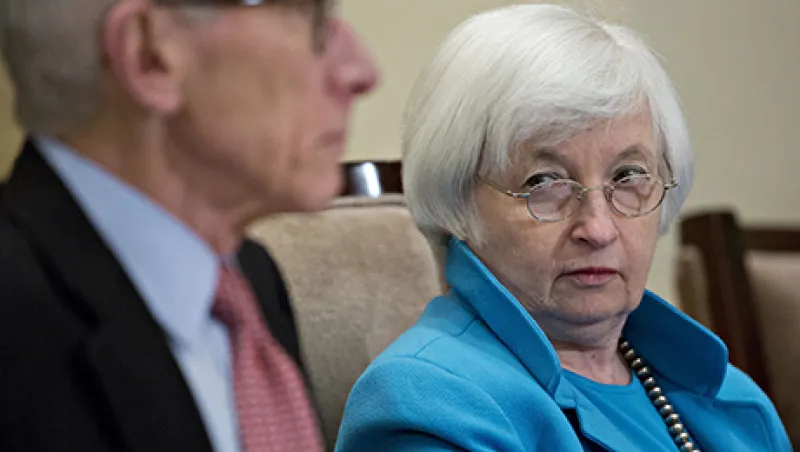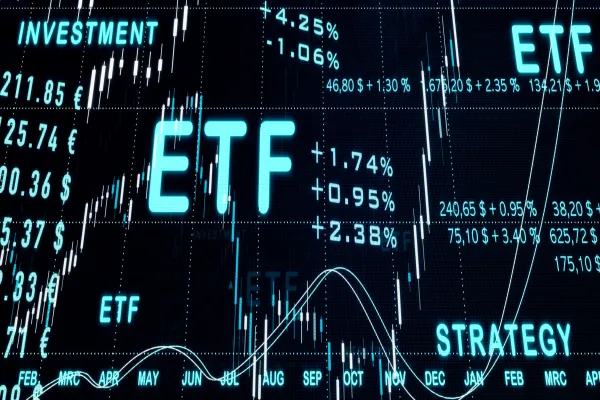May’s strikingly disappointing employment report abruptly halted the momentum that had been building around a Federal Reserve rate hike this summer. The sharp slowdown in job creation will likely have a deeper effect, however, on the dynamics of the Federal Open Market Committee. For the past year or so, the policymaking group has been sharply divided into two factions, which have been trading policy preeminence over that time.
One faction — let’s call it the Inflationistas — believes that labor markets drive inflation and views this as an imminent threat to the U.S. economy. These members see the unemployment rate below 5 percent, note that it is very near what economists consider full employment and anticipate significant upward pressure on wages and prices. Given their Phillips curve–based view of the world, Inflationistas believe the Fed needs to act sooner rather than later to get ahead of the inflation curve.
The other faction of the FOMC — for our purposes, let’s call them the Watchful Waiters — is highly skeptical of the imminent rise of inflation and tends to take a more global view. Members of that faction, which includes Fed chair Janet Yellen and New York Fed president William Dudley, cite deflationary headwinds from abroad as a counter to domestic inflationary pressures. Furthermore, they see considerable slack in labor markets and do not foresee surging price inflation any time soon. They favor waiting for inflation to actually materialize before taking action.
The Watchful Waiters prevailed all last summer as unease over global growth caused considerable market turmoil. Then late last year the Inflationistas gained the upper hand long enough for the Fed to begin normalizing rates in December. By early 2016, however, the Watchful Waiters had regained prominence, and the FOMC took a step back toward dovish policy in March.
In an unexpected turnaround, the Inflationistas regained the upper hand just a few weeks ago. The minutes for the April FOMC meeting, reported May 18, were quite hawkish — especially when compared with the dovish tone of the two prior statements. The FOMC had once again signaled its willingness to anticipate inflation and move policy on the basis of strong labor markets. The lackluster jobs report for May, however, was a devastating blow to the Inflationistas’ case. With softer job growth at hand, the argument that the Fed needed to anticipate inflation looked that much weaker.
What gets overlooked, however, is that this was just the latest data point in an overall declining trend in job creation since the third quarter of 2015. Job growth touched a high of more than 280,000 in October. Since then, the U.S. economy has added successively fewer new jobs in six of the following seven months. This clear downward trend in job growth seriously undermines the Inflationista case for labor market–driven inflation and leads to two key implications about Fed policy going forward.
First, with current economic trends, Watchful Waiters will retain the upper hand. Specifically, anemic wage and price inflation, as well as the loss of momentum in job growth, justifies the patient approach. The slowdown in labor markets not only refutes the Inflationista case, but it also sharply reduces the risk of defections by key FOMC swing voters. In other words, without a significant turnaround in economic data, the FOMC is not likely to alter its current dovish stance in the near term.
Second, actual inflation will drive FOMC policy action going forward. It has not been a lack of recovery in labor markets that has held the Fed to only one interest rate hike since policymakers began talking about rate normalization, almost two years ago. Indeed, it is the fact that inflation has been lagging. For example, the Fed’s preferred measure of inflation, the core personal consumption expenditures, has undershot the FOMC’s objective every month for four consecutive years now!
Given the extraordinary monetary stimulus over the past seven years and the marked improvement in labor markets, it is incredible that inflation has been so persistently lethargic. This outcome is not what many had expected, and forecasts of inflation in recent years have missed, almost universally, by upside overstatement.
With employment losing much of its momentum, rate hikes can no longer be premised on anticipating inflation. They will need to be predicated on inflation actually materializing. With Fed rate hike expectations based at least in part on anticipating inflation, this likely bodes for something like fewer than the two rate hikes predicted by the Fed’s dot plots.
Shehriyar Antia is the founder and chief market strategist at Macro Insight Group, an investment strategy firm based in New York. Prior to founding MIG, he worked on quantitative easing programs and monetary policy as a senior market analyst at the Federal Reserve Bank of New York.
Get more on macro.






